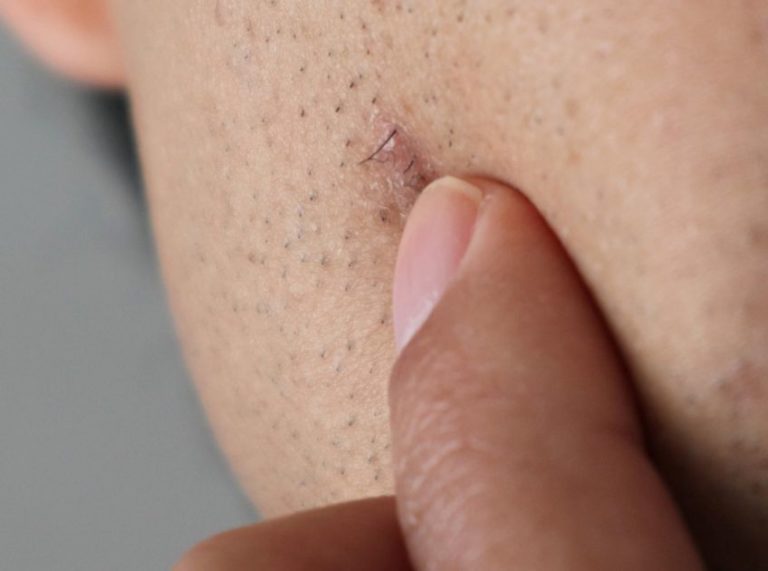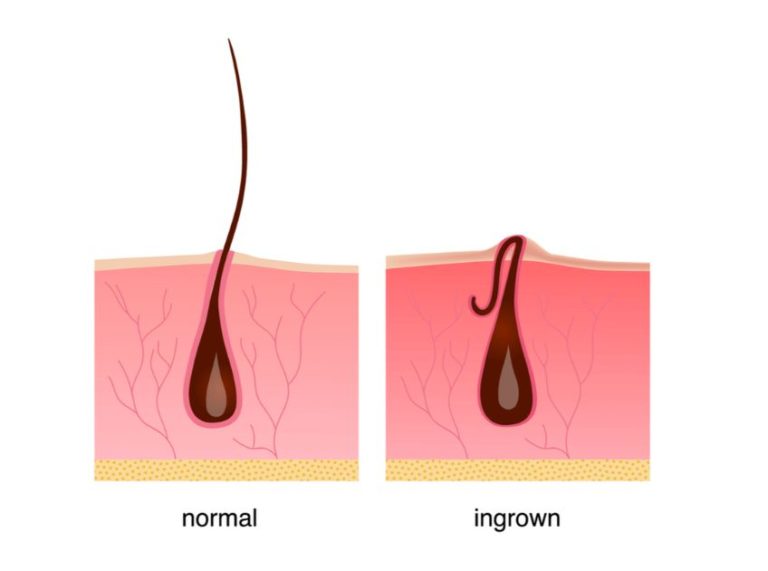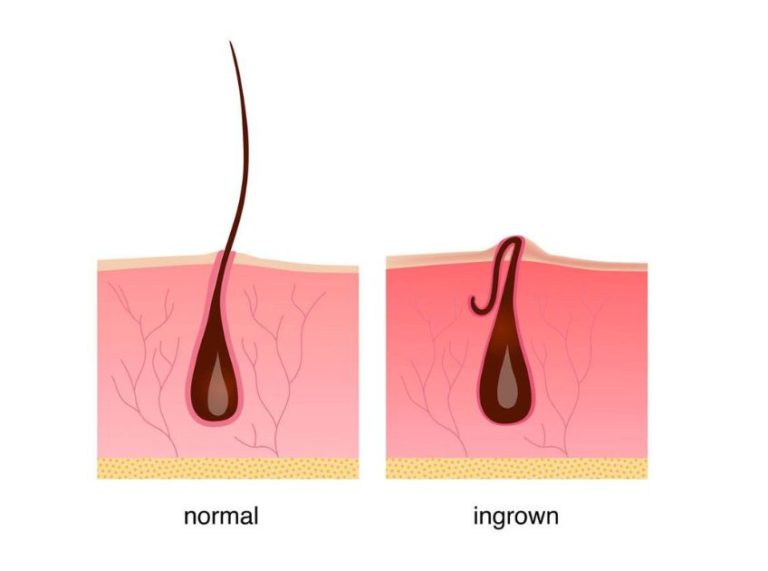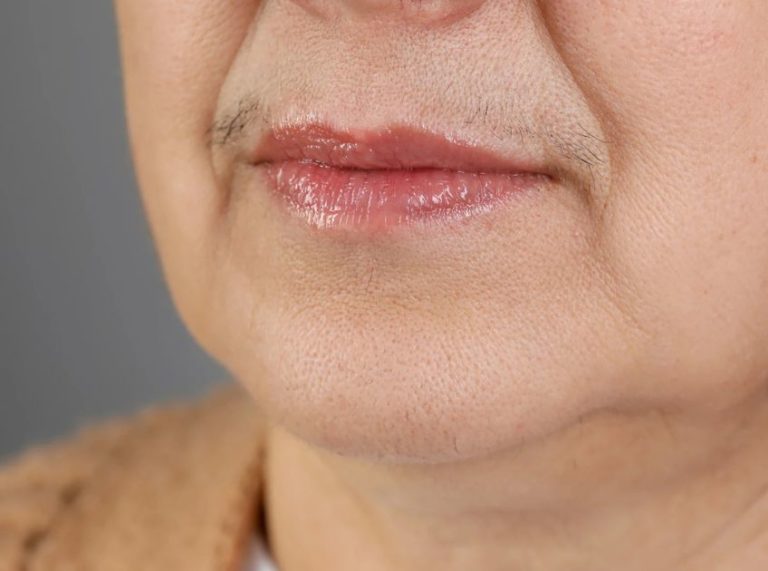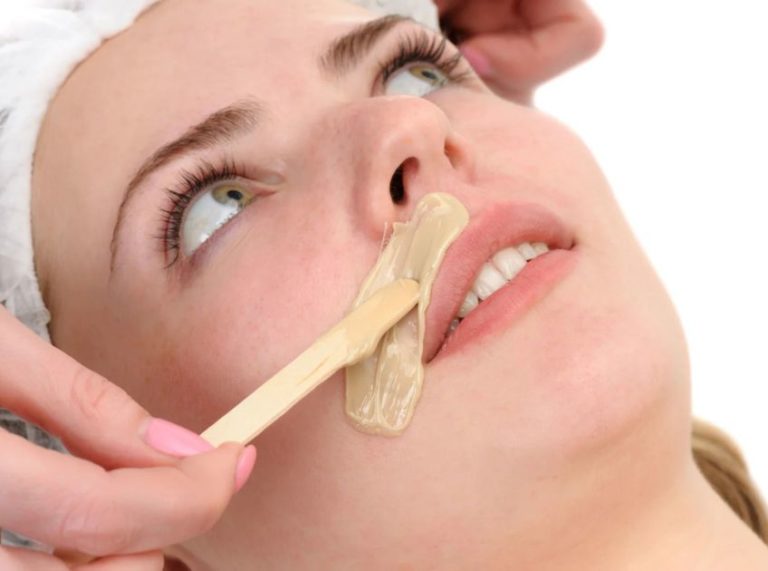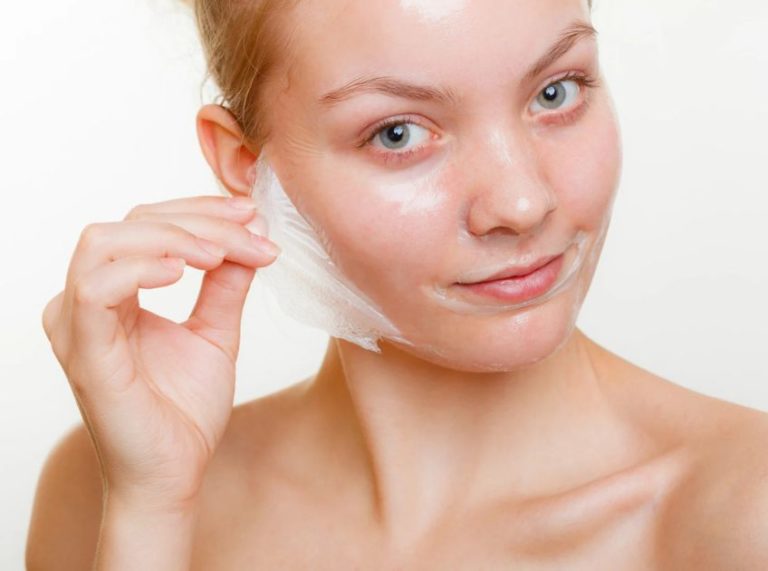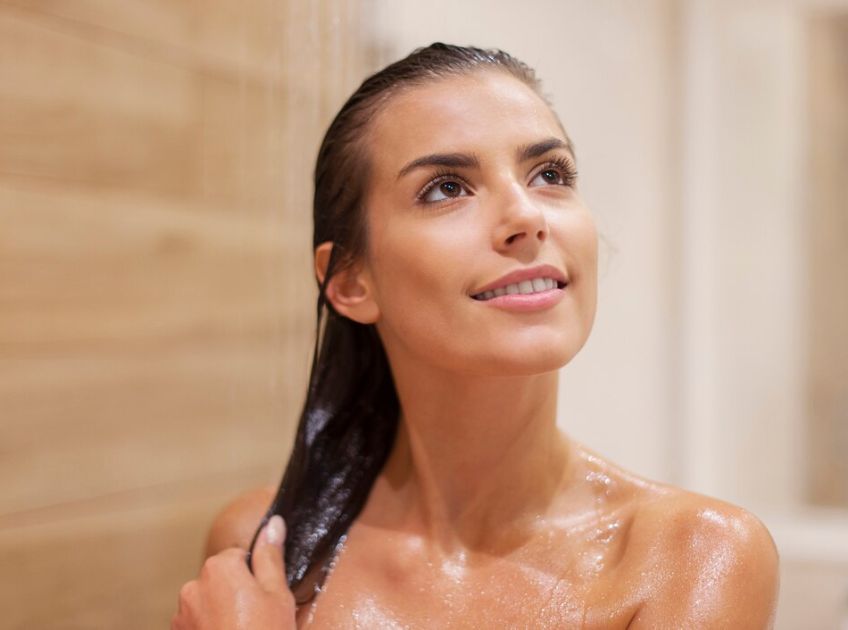
Important: This article is for informational purposes only. Please read our full disclaimer for more details.
Natural hair rinses have gained popularity as people seek gentle, chemical-free ways to support scalp health and hair strength. Tea rinses, made by steeping tea leaves in water and applying the infusion to the hair, are rich in antioxidants, vitamins, and plant compounds that can nourish the scalp and help reduce hair issues such as shedding or buildup.
A study published in the Journal of Ethnopharmacology highlights the benefits of plant polyphenols in promoting scalp circulation and protecting hair follicles from oxidative stress (1).
What Is a Tea Rinse?
A tea rinse is a simple treatment where brewed tea is poured over the hair and scalp after shampooing. The infusion penetrates the hair cuticle and scalp, delivering antioxidants and natural astringents.
Popular teas for hair rinses include black tea, green tea, chamomile, and hibiscus, each offering unique benefits. This treatment is often used to reduce shedding, add shine, and balance the scalp.
Key Benefits of Tea Rinses for Hair
Tea rinses deliver a concentrated dose of antioxidants, polyphenols, and vitamins directly to the scalp and hair shaft, making them a natural yet powerful treatment. When used regularly, they can address multiple hair and scalp concerns without relying on harsh chemicals.
1. Reduces Excess Shedding
One of the most talked-about benefits of tea rinses, especially black tea, is their ability to minimize hair shedding. Black and green teas are rich in caffeine, which has been studied for its potential to inhibit DHT (dihydrotestosterone), a hormone linked to hair thinning and loss.
Research published in Phytomedicine shows that caffeine can penetrate the hair follicle and stimulate keratin production while extending the anagen (growth) phase of hair (2). This makes tea rinses an excellent addition for people experiencing seasonal shedding or stress-related hair fall.
- Pro Tip: Focus the tea rinse on your scalp and roots to maximize its impact on hair follicles.
2. Adds Natural Shine and Smoothness
Teas are packed with tannins—plant compounds that coat the hair shaft, creating a smoother surface that reflects light better. This gives hair a natural, healthy shine without the need for silicone-based serums. The gentle acidity of teas like green and hibiscus also helps flatten the hair cuticle, which locks in moisture and enhances softness.
- Pro Tip: Use cool tea for the final rinse; cool water or tea helps seal the cuticle and amplify shine.
3. Soothes an Irritated or Itchy Scalp
Herbal teas such as chamomile, peppermint, and rooibos contain natural anti-inflammatory and antimicrobial compounds that calm scalp irritation. A study in the Journal of Medicinal Plants Research found that chamomile (3) extract can reduce inflammation and itching, making tea rinses an excellent option for sensitive or flaky scalps.
- Pro Tip: Massage the tea into your scalp for 2–3 minutes before rinsing to allow the calming compounds to penetrate deeper.
4. Stimulates Hair Growth and Circulation
The antioxidants and caffeine in tea improve microcirculation in the scalp, ensuring hair follicles get a better supply of nutrients and oxygen. Improved blood flow supports stronger, thicker strands over time. Green tea, in particular, contains epigallocatechin gallate (EGCG), a powerful antioxidant linked to promoting hair follicle health and reducing oxidative stress on the scalp (4).
- Pro Tip: For growth benefits, use green tea rinses consistently every week for at least a month to see noticeable changes.
5. Balances Oil Production and Scalp pH
Teas have mild astringent properties that can help regulate excess sebum without over-drying the scalp. By balancing the scalp’s pH, tea rinses create an environment less prone to fungal overgrowth and buildup. This makes them especially useful for people with oily hair or those who experience frequent scalp buildup from products and sweat.
- Pro Tip: If you have very dry hair, opt for moisturizing teas like hibiscus or chamomile to prevent over-drying while still balancing the scalp.
Which Hair Types Benefit Most from Tea Rinses?
Tea rinses can be customized for almost any hair type:
- Oily Hair: Green or black tea helps balance oil and reduce greasy buildup.
- Dry or Frizzy Hair: Herbal teas like chamomile or hibiscus add moisture and shine.
- Color-Treated Hair: Opt for caffeine-free teas like rooibos or chamomile to avoid fading.
- Shedding-Prone Hair: Black tea rinses are particularly popular for reducing excess hair fall.
Experts suggest performing a patch test first, especially for light-colored hair, as some teas may slightly stain or darken strands with repeated use.
How to Use a Tea Rinse for Healthy Hair: Step-by-Step Guide
Step 1: Choose the Right Tea for Your Hair Needs
Not all teas provide the same benefits. Pick one that matches your specific hair concern:
- Black tea: Best for reducing shedding and strengthening roots.
- Green tea: Stimulates hair growth and balances scalp oil.
- Chamomile tea: Calms irritation and adds natural shine (great for lighter hair).
- Hibiscus tea: Adds moisture, supports growth, and enhances darker hair tones.
Tip: You can combine teas to create a custom blend, such as green tea and chamomile for both scalp stimulation and soothing effects.
Step 2: Brew a Potent Rinse
A weak tea won’t deliver enough nutrients, so make a strong infusion:
- Boil 2–3 cups of water.
- Add 2–3 tea bags or 2 tablespoons of loose tea.
- Steep for at least 15–20 minutes to extract maximum antioxidants and caffeine.
- Allow the tea to cool to room temperature or slightly warm; applying hot tea can damage your scalp and hair.
Step 3: Prep Your Hair
Start with freshly washed, damp hair to ensure the tea penetrates well and isn’t blocked by product residue. Use a gentle shampoo to remove buildup and open the hair cuticle.
Step 4: Apply the Tea Rinse
Slowly pour the cooled tea over your scalp and hair. For even distribution:
- Use a squeeze bottle or spray bottle for targeted application to the roots.
- Massage the tea into your scalp for 2–3 minutes to stimulate blood flow and help the nutrients absorb.
- Make sure to saturate the lengths of your hair to coat the strands.
Step 5: Let It Work Its Magic
Cover your hair with a shower cap to prevent dripping and allow the tea to soak in. Leave it on for 15–30 minutes, depending on hair thickness and scalp needs.
Step 6: Rinse or Leave In
You have two options depending on your hair type:
- Rinse Out: For those with fine or easily dry hair, rinse with cool water after the treatment and follow with a conditioner to restore moisture.
- Leave In: For oily scalps or those aiming to reduce shedding, you can leave a small amount of tea in your hair and let it air-dry for prolonged benefits.
Step 7: Follow Up With Moisture
Tea rinses, especially black tea, can be slightly drying if not balanced with hydration. Use a lightweight conditioner or a few drops of natural oil (like argan or jojoba) on the ends to seal in moisture without weighing hair down.
How Often to Use a Tea Rinse
For most hair types, once a week is ideal. If you have very fine or color-treated hair, start with once every two weeks to avoid over-drying. For shedding concerns, consistent use over 3–4 weeks often yields the best results.
Frequently Asked Questions (FAQ’S)
1. Can tea rinses dry out my hair?
A. Overuse of strong black tea can make hair feel dry due to its tannins. Always follow up with a conditioner to balance moisture levels.
2. How soon can I see results from tea rinses?
A. Most people notice reduced shedding and increased shine after 3–4 consistent uses. Hair growth benefits take longer and depend on overall scalp health.
3. Can I mix different teas for a custom rinse?
A. Yes! Blending teas like green tea with chamomile or hibiscus allows you to combine benefits for both scalp stimulation and added moisture.
Tea rinses are a simple yet powerful way to boost hair health using natural ingredients. Packed with antioxidants and plant compounds, they can help reduce shedding, soothe the scalp, and add a beautiful shine to your strands. By choosing the right tea for your hair type and using the rinse consistently, you can enjoy healthier, stronger hair without harsh chemicals.
